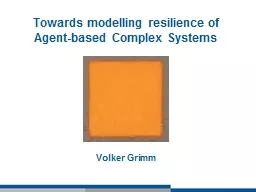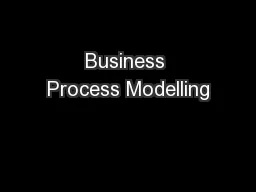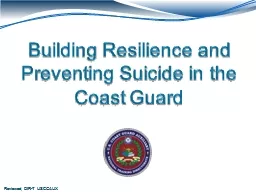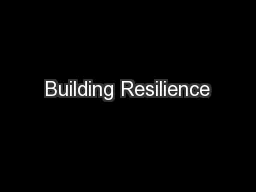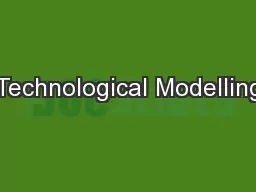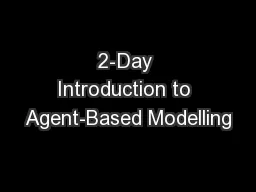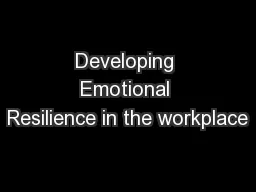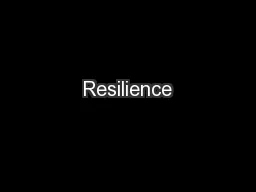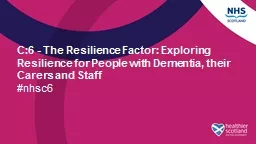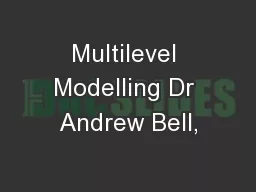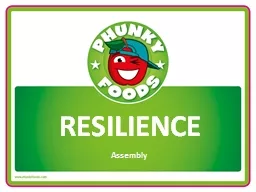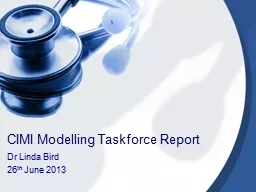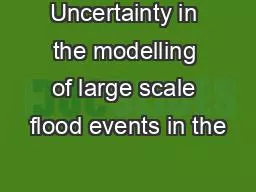PPT-Towards modelling resilience of
Author : calandra-battersby | Published Date : 2018-02-09
Agentbased C omplex S ystems Volker Grimm Steve Railsback Humboldt State University Christian Vincenot Kyoto University Birgit Müller and Jürgen Groeneveld
Presentation Embed Code
Download Presentation
Download Presentation The PPT/PDF document "Towards modelling resilience of" is the property of its rightful owner. Permission is granted to download and print the materials on this website for personal, non-commercial use only, and to display it on your personal computer provided you do not modify the materials and that you retain all copyright notices contained in the materials. By downloading content from our website, you accept the terms of this agreement.
Towards modelling resilience of: Transcript
Download Rules Of Document
"Towards modelling resilience of"The content belongs to its owner. You may download and print it for personal use, without modification, and keep all copyright notices. By downloading, you agree to these terms.
Related Documents

